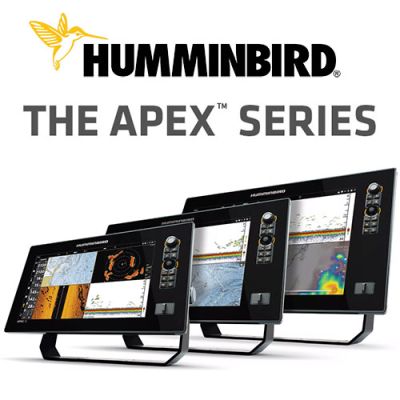Today's Best Fishing Times
Get the best fishing times for Lime Lake with Lake-Link's Fishing Forecast. SEE MORE
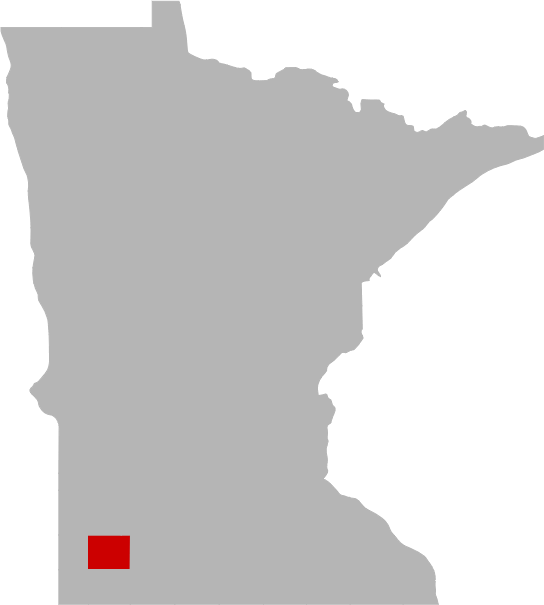
Share your catch!
We want to see what you've caught on Lime Lake.Frequently Asked Questions About Lime Lake, MN
- How big is Lime Lake?
- How deep is Lime Lake?
- What kind of fish can you catch in Lime Lake?
- Are there places to stay in the Lime Lake area?
- Are there boat launches on Lime Lake?
- Are there places to eat and drink near Lime Lake?
- What is the average air temp for Lime Lake?
- Are there any state parks near Lime Lake?
How big is Lime Lake?
How deep is Lime Lake?
What kind of fish can you catch in Lime Lake?
Other fish species in the lake include Fathead Minnow, Green Sunfish, Johnny Darter, Orangespotted Sunfish, Quillback, River Carpsucker and White Sucker.
Are there places to stay in the Lime Lake area?
More Lodging Options
Are there boat launches on Lime Lake?
Are there places to eat and drink near Lime Lake?
Explore the Lime Lake area in a RV
Are you looking for an adventurous vacation option that won't break the bank? Look no further than renting an RV! Contrary to popular belief, the process is much simpler than you might imagine. With just a few easy steps, you'll soon be experiencing the ultimate freedom and convenience of exploring the open road in your very own recreational vehicle. And the best part? RV travel can save you up to 60% compared to other types of vacations! With the money you'll save, you'll be able to travel even more and create unforgettable memories along the way. So why wait? Start planning your next adventure today with an RV rental. Learn more about renting a RV.
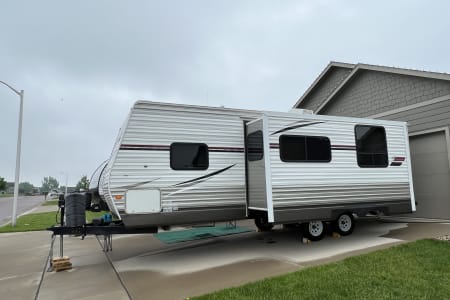
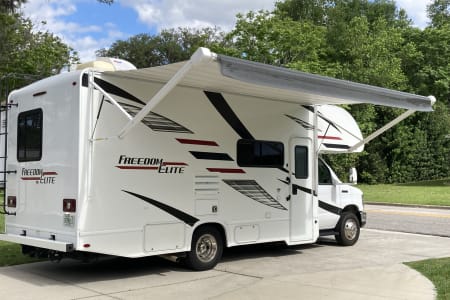
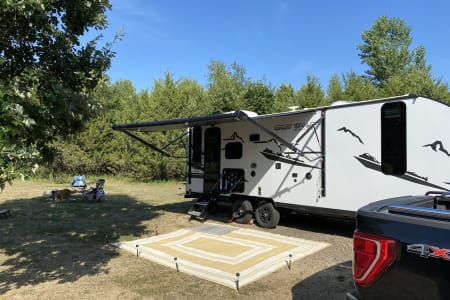
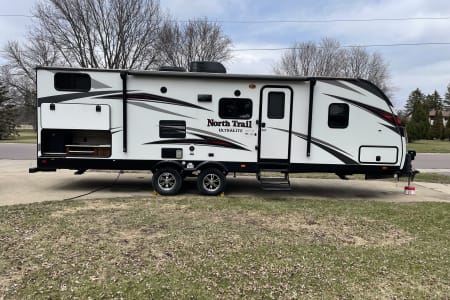
History & Status of the Fishery
INTRODUCTION
Lime Lake is a shallow 316-acre lake adjacent to the City of Avoca in Murray County. Due to its shallowness (maximum depth of 5.0 ft.), Lime Lake has been highly vulnerable to winterkill which has resulted in it being opened to liberalized fishing 18 times since 1950. An aeration system is operated on Lime Lake to reduce the likelihood of winterkill, thereby stabilizing fish populations. Historically, Lime Lake has been managed as a pike/perch fishery because of the extensive network of wetlands that were connected upstream of the lake (Big Slough), which provided ideal spawning areas for northern pike, and because these species tend to have a higher tolerance of low oxygen conditions. Primary management species include northern pike and yellow perch. Northern pike fingerlings are stocked annually at a rate of 10 fish per acre, because Lime Lake is used as a brood source for northern pike rearing activities. The yellow perch population is self-sustaining, as yellow perch have not been stocked in the last decade. Black crappie adults were stocked in 2003 to supplement the existing population, but have not been stocked since. A population assessment was conducted during the week of June 17, 2013 to monitor fish populations using 12 trap nets.
NORTHERN PIKE
Catch rates of northern pike in Lime Lake have varied from 0.6 per trap net in 1992 to 3.1 per trap net in 2007, averaging 1.6 per trap net over that time period. The 2013 northern pike catch rates decreased from the previous survey, going from 3.1 per trap net in 2007 to 0.9 per trap net in 2013. Northern pike ranged in length from 20.0 to 25.6 inches and averaged 22.8 inches. Northern pike were skinny indicating that foraging success may be negatively affected by the turbid water present in Lime Lake. Although trap net catches indicate that the northern pike population may be down in Lime Lake, it is unknown how effectively trap nets sample northern pike during mid-June, and may be underestimating the true abundance of pike in the lake. Evidence from MN DNR brood fish collection in the spring suggests that the northern pike population is more abundant than observed in this survey, as 150 to 200 northern pike are collected in 1 to 2 days annually. Annual stocking of northern pike fingerlings should continue to help supplement the existing population.
YELLOW PERCH
The 2013 yellow perch catch rate of 0.25 per trap net was below the expected range of catch rates (0.3 to 3.8 per trap net) for similar lakes. Yellow perch catch rates have varied from 0.0 per trap net in 2001 to 4.2 per trap net in 1997, and averaged 1.9 per trap net since 1987. Yellow perch ranged from 5.8 to 6.1 inches and averaged 5.9 inches. Sixty-eight young-of-the-year (just hatched in the spring) perch were sampled in a near shore seining and backpack electrofishing survey on July 1, 2013, indicating that some natural reproduction occurred. Yellow perch populations tend to fluctuate, where years of high catch rates are followed by years of low catch rates; therefore, the low catch rate observed in 2013 was not alarming and should not adversely impact the yellow perch population.
BLACK CRAPPIE
Black crappie catch rates have varied from 0.0 per trap net in 2001 to 23.9 per trap net in 2007, and have averaged 5.3 per trap net since 1987. In 2013, black crappies were captured at a rate of 1.9 per trap net which is within the expected catch range (1.2 to 20.5 per trap net) for lakes similar to Lime Lake, but was a drastic decrease in catch rate since 2007 (23.9 per trap net). Similar to yellow perch, black crappie populations tend to be highly variable where a strong year class is produced every 3-5 years, often resulting in a boom or bust fishery. Lime Lake black crappies were large in 2013, having an average length of 10.5 inches, with the largest crappie being 12.6 inches in length. Twenty-two percent of crappies sample were 12 inches or bigger. It appears that Lime Lake has a relatively stable population of black crappies that is self-sustaining and could provide an additional angling opportunity in the future.
BLACK BULLHEAD
Black bullhead abundance has steadily declined in Lime Lake, ranging from a high catch rate of 544.3 per trap net in 1987 to a low of 11.4 per trap net in 2013, averaging 146.5 per trap net over that time frame. The 2013 catch rate of 11.4 per trap net was below the expected range (11.5 to 132.6 per trap net) of catch rates for lakes similar to Lime Lake, indicating that bullhead numbers may be low. Black bullheads were relatively small, ranging in length from 5.9 to 10.2 inches and averaging 7.6 inches. The extreme turbidity in Lime Lake coupled with the potentially low abundance of black bullheads may be some of the factors affecting the weights of northern pike, as black bullheads are an important prey resource for northern pike in southern Minnesota lakes.
COMMON CARP
Catch rates of common carp prior to 2007 commonly exceeded the expected range of catch rates (1.0 to 5.5 per trap net) for similar lakes, as catch rates ranged from 7.3 per trap net in 1987 to 31.0 per trap net in 2001 and averaged 20.1 per trap net from 1987 to 2001. In 2007 and 2013, the catch rates fell to expected levels at 3.0 and 4.8 per trap net, respectively. Common carp size structure was large as lengths of common carp ranged from 13.3 to 30.0 inches and averaged 19.7 inches. The carp population in Lime Lake appears to be well established as multiple year classes were present.
OTHER SPECIES
Three walleyes were captured in 2013 which is the first time that they have been documented in Lime Lake. The walleyes ranged from 15.6 to 16.8 inches and averaged 16.1 inches. Lime Lake is connected to the West Fork of the Des Moines River via Lime Creek, which is likely how walleyes moved into the lake.
Bigmouth buffalo were captured at a rate of 1.7 per trap net in 2013, which is high compared to similar lakes. Bigmouth buffalo ranged in length from 16.8 inches to 25.8 inches and averaged 21.2 inches.
Other species sampled included channel catfish (0.4 per trap net), white sucker (0.3 per trap net), and yellow bullhead (0.1 per trap net).
Anglers can help maintain or improve the quality of fishing by practicing selective harvest. Selective harvest allows for the harvest of smaller fish for table fare, but encourages release of medium- to large-sized fish. Releasing these fish can help maintain balance in the fish community and provide anglers the opportunity to catch more and larger fish in the future.
Shoreline areas on the land and into the shallow water provide essential habitat for fish and wildlife that live in or near Minnesota's lakes. Overdeveloped shorelines cannot support the fish, wildlife, and clean water that are associated with natural undeveloped lakes. Shoreline habitat consists of aquatic plants, woody plants, and natural lake bottom soils.
Plants in the water and at the water's edge provide habitat, prevent erosion, and absorb excess nutrients. Shrubs, trees, and woody debris such as fallen trees or limbs provide good habitat both above and below the water and should be left in place. By leaving a buffer strip of natural vegetation along the shoreline, property owners can reduce erosion, help maintain or improve water quality, and provide habitat and travel corridors for wildlife.
Best management practices within the watershed (no-till farming, cover crops, buffer strips, targeted fertilizer application, reduced or metered tiling) would help reduce nutrients entering the lake. High nutrient and sediment input can cause algae blooms and reduce overall water quality. Any improvements in the watershed are likely to have positive impacts on the fishery.
Prepared by Jonah Dagel
What is the average air temp for Lime Lake?
Are there any state parks near Lime Lake?
For more Minnesota State Park information see our State Park Guide.
More Nearby Lakes To Explore
There's more lake's to explore around Lime Lake...| DISTANCE | ACRES | MAX DEPTH | |
| Second Fulda Lake | 6.7 mi | 64 | 5 ft |
| First Fulda Lake | 7.3 mi | 123 | 7 ft |
| Corabelle Lake | 8.5 mi | 106 | 6 ft |
| Lake Louisa | 9.8 mi | 230 | 8 ft |
| Buffalo Lake | 9.8 mi | 127 | 8.5 ft |
| Smith Lake | 10.1 mi | 93 | 9 ft |
| Summit Lake | 10.3 mi | 78 | 7 ft |
| Talcot Lake | 11.7 mi | 873 | 6 ft |
| Kinbrae Lake | 12.3 mi | 98 | 7 ft |
| West Graham Lake | 12.6 mi | 519 | 8 ft |






